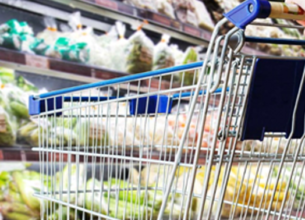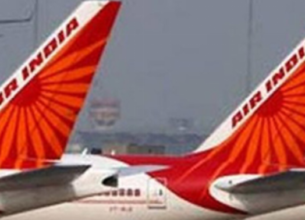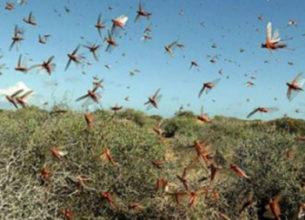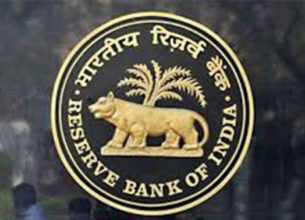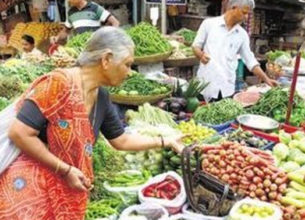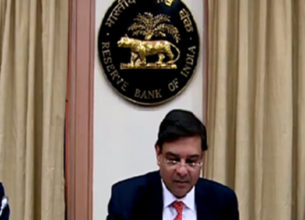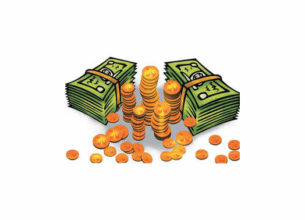IMPORTED FOOD INFLATION
21, Feb 2020
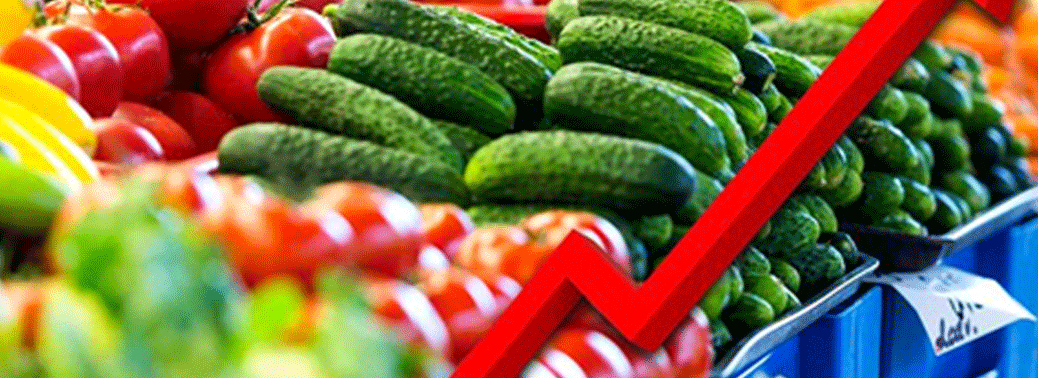
Prelims level : Economics
Mains level : GS-III Effects of liberalization on the economy, changes in industrial policy and their effects on Industrial Growth.
Why in News?
- Is food inflation in India influenced by global price movements? On account of certain evidences it appears that international inflation influences domestic prices too.
Highlights:
- Retail and wholesale food inflation rates for December 2019 were the highest since November 2013 and December 2013 respectively. Simply put, since October or so, food inflation has made a comeback, both in India and globally.
- The United Nations Food and Agriculture Organisation’s (FAO’s) food price index, which is a measure of the change in international prices of a basket of major food commodities with reference to a base period (2002-04), touched 182.5 points in January 2020, the highest since the 185.8 level of December 2014.
- Also, the year-on-year inflation rate based on this index has risen steadily from 1.13% in August 2019 to 2.86% in September, 5.58% in October, 9.33% in November, 12.22% in December, and now, 11.33% for January 2020.
- This sharp surge in global food prices is reflected in trends in India as well. Annual consumer food price index (CFPI) inflation stood at just 2.99% in August 2019, before climbing to 5.11%, 7.89%, 10.01%, 14.19% and 13.63% in the succeeding five months.
- While the recent rise in domestic food prices has been blamed largely on “local” factors like poor rainfall during the first half (June-July) of the monsoon season and too much of it thereafter till about mid-November, some of it is also “imported”.
- While global prices can be transmitted to the domestic market too through exports, traders would sell abroad if realisations are better relative to the local market.
Way Forward:
- The first is the novel coronavirus epidemic that has reduced Chinese buying of everything from palm oil and soyabean to milk powder and meat. Palm oil prices in Malaysia have plunged from 2,922 ringgit ($719) to 2,725 ringgit ($658) over the last one month.
- The second is crude oil. Brent crude prices had touched $70 per barrel after the January 3 United States airstrike that killed Iran’s top military commander, but have dropped since, closing at $57.67/barrel.
- The third is the prospect of a bumper rabi (winter-spring) crop in India. The kharif harvest turned out to be not so good because of excess and unseasonal rain. That same rain, though, has helped boost rabi acreage by 9.5% compared to last year.
- The arrival of this crop in the mandis from March should cool down prices, especially of vegetables and pulses, which showed the highest year-on-year retail inflation of 50.19% and 16.71% in January.



